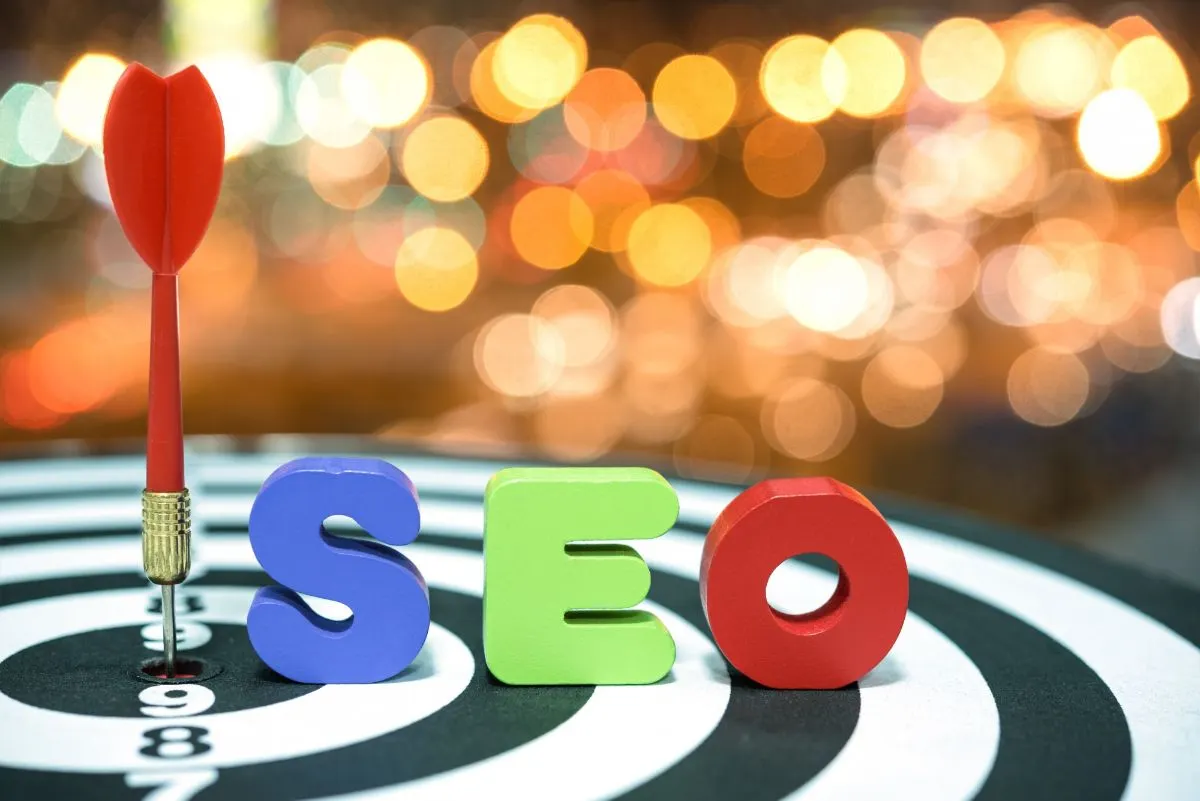Table of Contents
ToggleIntroduction
First and foremost, the term digital marketing might sound big and fancy, but it is actually just a term used to refer to the process of using the internet to distribute information and products to people. Online advertising, in this case, assumes a lead role in digital marketing. But the real question is, how could we ever tell if our ads are working well? That’s where ROI comes in—Return on Investment. One way ROI helps us is in knowing whether our online ads give us good results for the money spent. We’re going to share how to maximize your online ad investment so that you get the best ROI, especially if you are just getting started with this blog post.
1. Understanding ROI in Digital Marketing
What is ROI in Online Advertising?
ROI stands for “Return on Investment.” It is a measure of the amount of money you earn in relation to the amount you spend. For example, if you spent $10 on an ad that got your website up and running and made you $20 from it, then it is good ROI. It helps because ROI tells us whether our ad effort has been successful. The formula to calculate ROI is pretty simple:
ROI=(Money SpentMoney Earned−Money Spent)×100
The Importance of Tracking ROI
Tracking ROI is keeping score in the game. It helps one see how well one is doing, and at the same time, it shows where one needs to improve. With the monitoring, a person can tell which ad works and which one needs changing. This way, you will spend your money wisely and get the best out of it.
2. Setting Clear and Measurable Goals
Why Goal Setting is Crucial for ROI
Knowing what you want to achieve before spending money on ads can be pretty helpful. Setting goals is like having a map to guide you on the way. Once you have set clearly defined goals, you will be more likely to get effective ads and drive more improvement in your ROI.
How to Set SMART Goals for Digital Marketing
SMART goals are specific, measurable, achievable, relevant, and time-bound. Here’s how you can set a SMART goal:
- Specific: “I want to get 50 new visitors to my website.”
- Measurable: “I can track the number of visitors using a tool like Google Analytics.”
- Achievable: “I know I can reach this goal because I’m targeting the right audience.”
- Relevant: “Getting more visitors will help me sell more products.”
- Time-bound: “I want to reach this goal in the next 30 days.”
Setting SMART goals helps you stay focused and boosts your chances of success.
3. Choosing the Right Digital Marketing Channels
Evaluating Different Online Advertising Platforms
You can post on many sites like Google, Facebook, and Instagram. First of all, each platform is good at some things and poor at others. For example, Google Ads might work brilliantly with users looking for certain products, while Instagram will work much better with images that are simply super cool among a young audience.
Channel Selection Based on Target Audience
Think about the best place to place your ad by determining where your audience is spending its time hanging out online. If you’re selling toys, you most likely want to use Instagram or YouTube, because kids and their parents love them. Knowing your audience can help pick the right channel and get much better results.
4. Crafting Compelling Ad Content
The Role of Ad Copy and Visuals in Driving ROI
The words and pictures in your ads are very important. Good ad content gets the attention of the people, making them want to click on your ad. When you create ads, think about what makes you want to click.
A/B Testing for Optimal Ad Performance
It’s like testing two different ad versions to see which one is better. You could have one ad with a funny picture and another one with a serious picture. By seeing which one receives more clicks, you can learn the likes and dislikes of your audience and make better ads in the future.
5. Optimizing Budget and Bidding Strategies
Budget Allocation for Maximum ROI
Be wise while spending money on online ads. You do not want to spend all your money on one ad and then run out of money. Spread it across different ads, see what works, and then you can put more money into ads that are getting good results.
Bidding Strategies to Improve Ad Efficiency
Most online advertising works in an auction process wherein you bid money to display your ad to people. There are also different bidding ways, like CPC, when you pay a certain amount each time a person clicks on the ad, or CPM, which means a person pays every 1,000 times his ad is shown. Choosing a correct bidding strategy will help you in a big way to get your desired results by not spending too much money.
6. Leveraging Data and Analytics
The Power of Data in Enhancing ROI
Think of data as that treasure map to guide you on your way to success. Then, once you start looking at this data—how many people are clicking on your ad, how many have bought—it’d be pretty clear what’s working and what isn’t.
Tools for Tracking and Improving ROI
There are many tools at your fingertips to track your online ads, from Google Analytics to Facebook Insights. This will give you the vital information about ad performance. With these tools at your command, you can optimize your ads to attract better ROI.
7. Continuous Improvement Through Optimization
The Importance of Regular Campaign Reviews
Once your ads are running, it’s important to check on them regularly. That is called a campaign review. Looking at how your ads are doing lets you see if they need any changes. Regular reviews keep your ads on track for high ROI.
Scaling Successful Campaigns
Now, if you find that an ad is doing really well, it’s time to ramp it up! That means throwing more money at the ad so more people can see it. You can make more money by scaling successful ad campaigns and achieve a far better ROI.
Conclusion
In digital marketing, mastering online advertising is all about making smart decisions and keeping an eye on your ROI. By setting clear goals, choosing the right channels, creating great content, and using data to guide your efforts, you can boost your online advertising success. Remember, the key to a successful ad campaign is continuous improvement. Keep testing, learning, and optimizing, and you’ll see your ROI grow.
Now that you know the basics, why not give it a try? Start small, track your results, and soon you’ll be a digital marketing pro!
FAQ’s
1. What is ROI in digital marketing?
ROI, or Return on Investment, in digital marketing measures how much profit you make compared to the money you spend on online advertising. It’s a way to see if your advertising efforts are paying off.
2. How do I calculate ROI for online advertising?
To calculate ROI, subtract the amount you spent on ads from the revenue generated by those ads. Then, divide that number by the amount spent and multiply by 100 to get a percentage. The formula is:
ROI=(CostRevenue−Cost)×100
3. What are SMART goals in digital marketing?
SMART goals are Specific, Measurable, Achievable, Relevant, and Time-bound. These goals help you clearly define what you want to achieve with your digital marketing efforts and how to measure success.
4. How do I choose the best online advertising platform?
To choose the right platform, consider where your target audience spends their time online. Platforms like Google Ads are great for search-based advertising, while social media platforms like Facebook and Instagram are ideal for visual content and younger audiences.
5. What is A/B testing in online advertising?
A/B testing involves creating two versions of an ad and showing them to different segments of your audience. This helps you see which version performs better, allowing you to optimize your ads for better results.







![Illustration of a search engine using semantic search technology to improve website rankings with [semanticlast .com#]](https://www.digitalfarooq.com/wp-content/uploads/2024/09/unnamed-6.webp)



!["Screenshot of [tipbet88.site] homepage showing betting options and promotions.](https://www.digitalfarooq.com/wp-content/uploads/2024/09/unnamed-2.webp)








